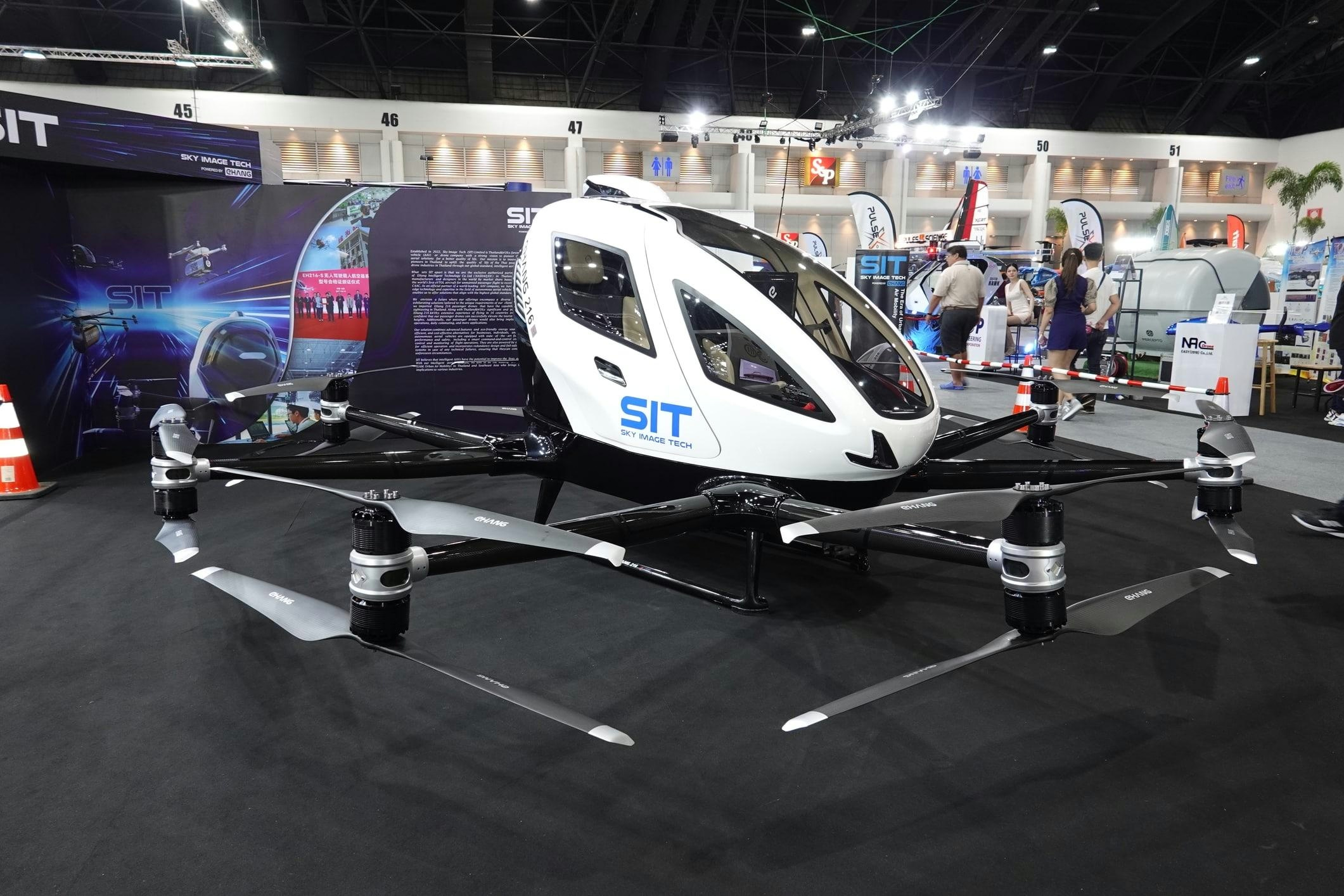
AeroGenie – Ihr intelligenter Copilot.
Trends
Categories
Deutsche Aircraft Chooses ADS for D328eco Technical Publications

Deutsche Aircraft Partners with ADS for D328eco Technical Publication Management
Deutsche Aircraft has selected American Data Solutions (ADS) to provide comprehensive technical publication management solutions for its upcoming regional turboprop, the D328eco. This collaboration will see ADS deliver an integrated suite of tools and services, including the MDDC Content Management System (CMS) and MDDV Interactive Electronic Technical Manuals (IETM), aimed at streamlining the creation, management, and distribution of all operational and maintenance technical publications for the aircraft. ADS will also offer dedicated support to enhance efficiency and ensure rapid access to critical maintenance and operational information.
Enhancing Maintenance and Operational Support
A notable aspect of this partnership is the capability to link technical manuals directly with real-time aircraft maintenance data. This integration will provide operators with immediate, customized access to procedures and guidance tailored to their specific fleet or individual aircraft. The D328eco, a 40-seat regional turboprop that builds upon the legacy of the original D328, is slated to enter service by late 2027. It promises improvements in fuel efficiency, reduced emissions, and advanced avionics systems.
To meet the demands of the D328eco program, Deutsche Aircraft requires a robust technical publication solution that supports seamless maintenance, operational assistance, and compliance with international aviation standards such as S1000D. ADS’s expertise in aerospace technical data management positions it as a strong partner for this initiative. The MDDC CMS will facilitate efficient creation, storage, and distribution of technical documents, while the MDDV Class-6 IETM will provide operators worldwide with up-to-date maintenance and operational procedures. ADS’s support services are designed to maximize fleet availability and ensure rapid response times.
Competitive Dynamics and Industry Implications
Deutsche Aircraft’s decision to engage ADS occurs within a competitive landscape. Cyient, a prominent aerospace technical documentation provider, currently holds a multi-year agreement related to the D328eco program. This competitive environment may prompt service providers to enhance their offerings or adjust pricing strategies in response to ADS’s entry. Industry observers are closely monitoring how ADS’s advanced, integrated solutions will influence market expectations and operator preferences.
Nico Neumann, Co-CEO of Deutsche Aircraft, emphasized the significance of the partnership, stating, “We are pleased to partner with ADS to deliver world-class technical data solutions for the D328eco. Their innovative CMS and IETM platforms, combined with deep industry knowledge, will allow our customers to operate the D328eco with maximum efficiency and reliability. This partnership is a significant step in our quest to transform regional aviation.”
Ran Meriaz, CEO of American Data Solutions, expressed enthusiasm about the collaboration, saying, “ADS is delighted to have been selected by Deutsche Aircraft to support the D328eco. Our next-generation technical data solutions are designed to meet the evolving needs of modern aircraft programs, and we are thrilled to be part of the success of this groundbreaking aircraft.”
The first D328eco test aircraft is scheduled for rollout at the end of May 2025, with entry into service planned for late 2027. As the program progresses, the industry will be watching closely to assess the performance of ADS’s solutions and the responses of competing providers in this evolving sector.
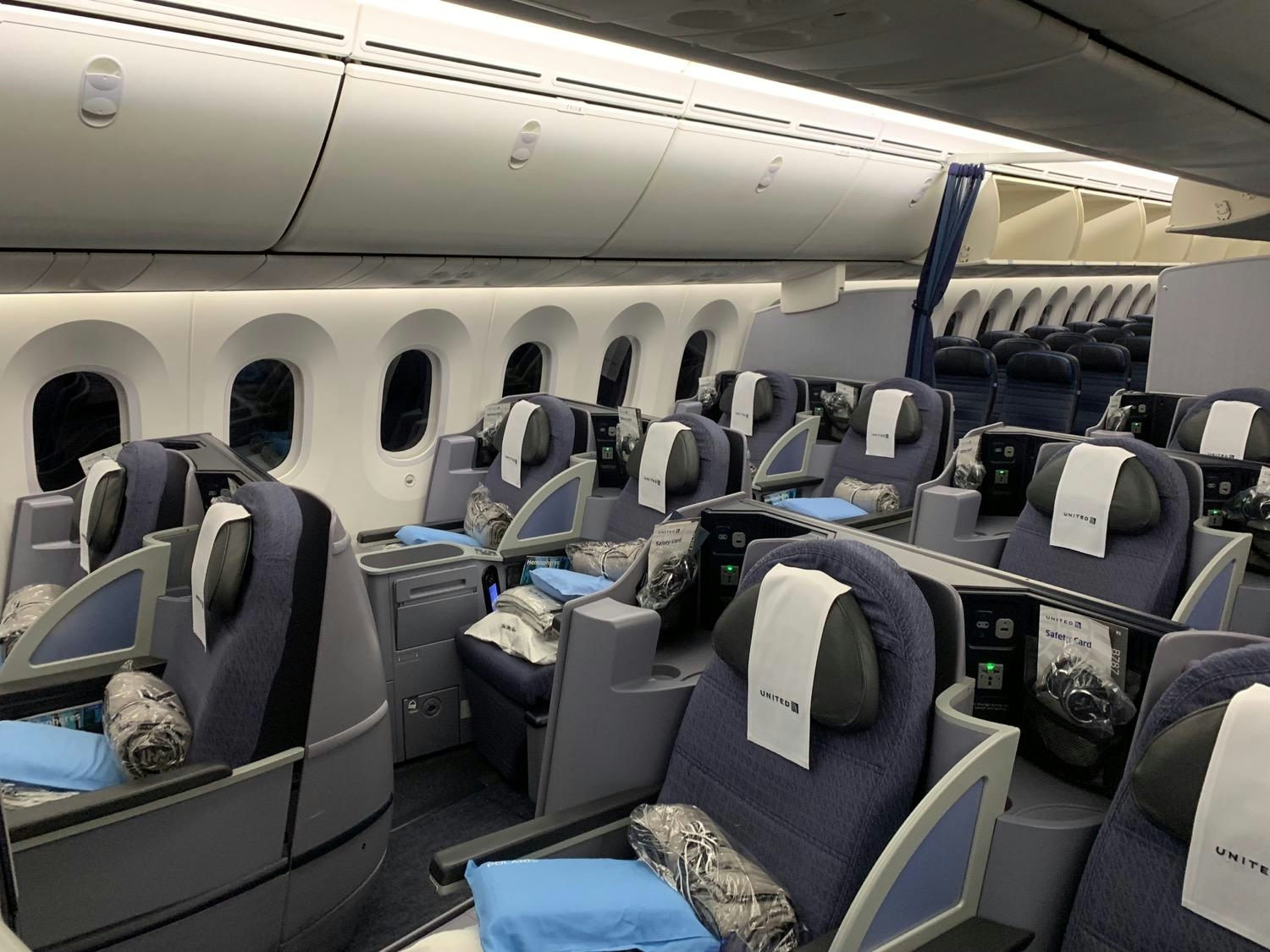
United's Dreamliner Trio: Unveiling The Top Routes For Each 787 Variant
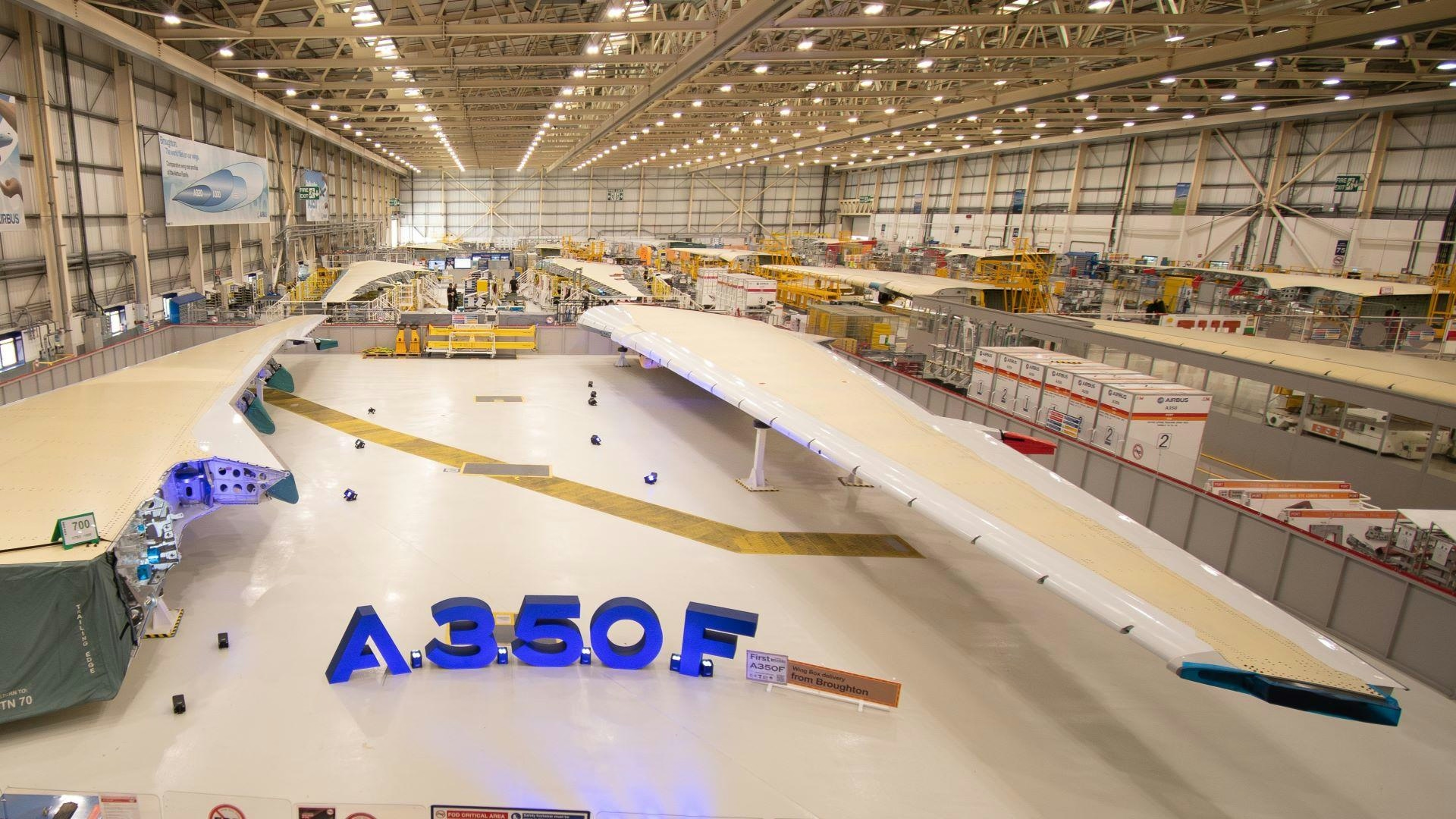
Airbus Wins Air China Cargo Order for Six A350F Freighters

Airbus Expected to Secure Majority of Flydubai Jet Order, Sources Say
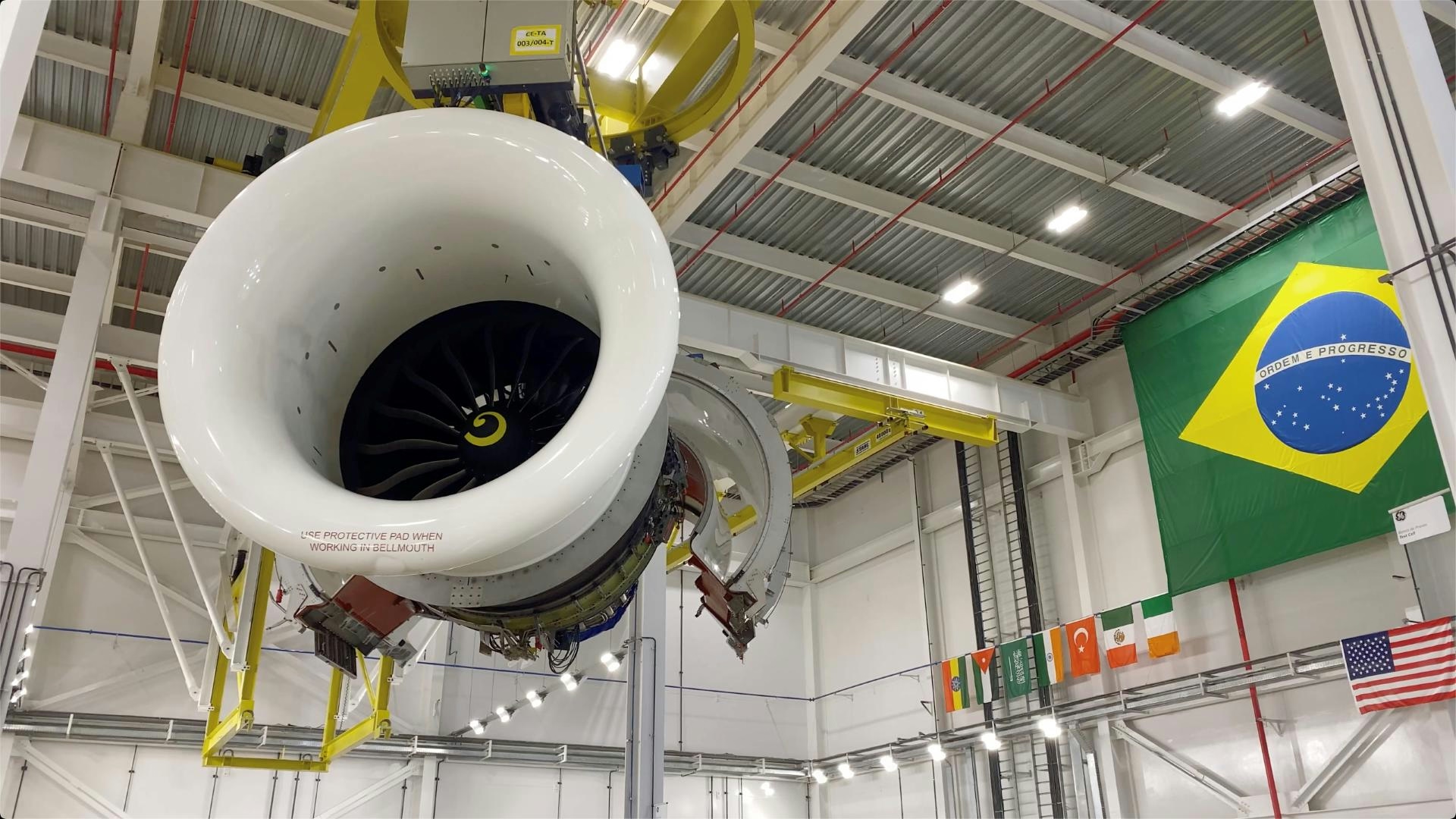
Inside GE Aerospace’s Mission To Build The World’s Toughest Jet Engines

Airbus Expands Fleet in the Middle East: Implications for Air Travel
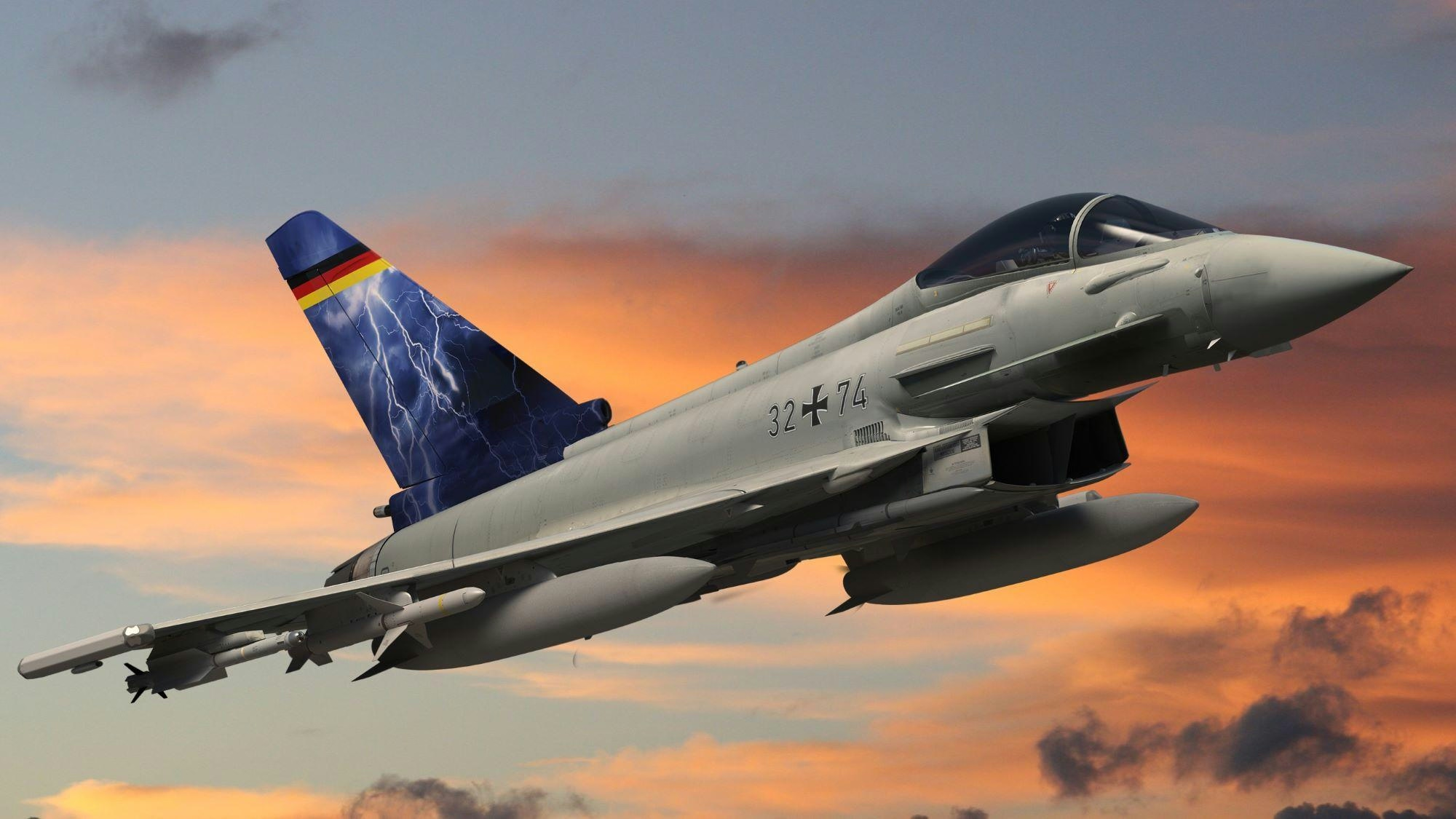
Airbus Orders Saab’s Arexis EW Suite for Eurofighter EK
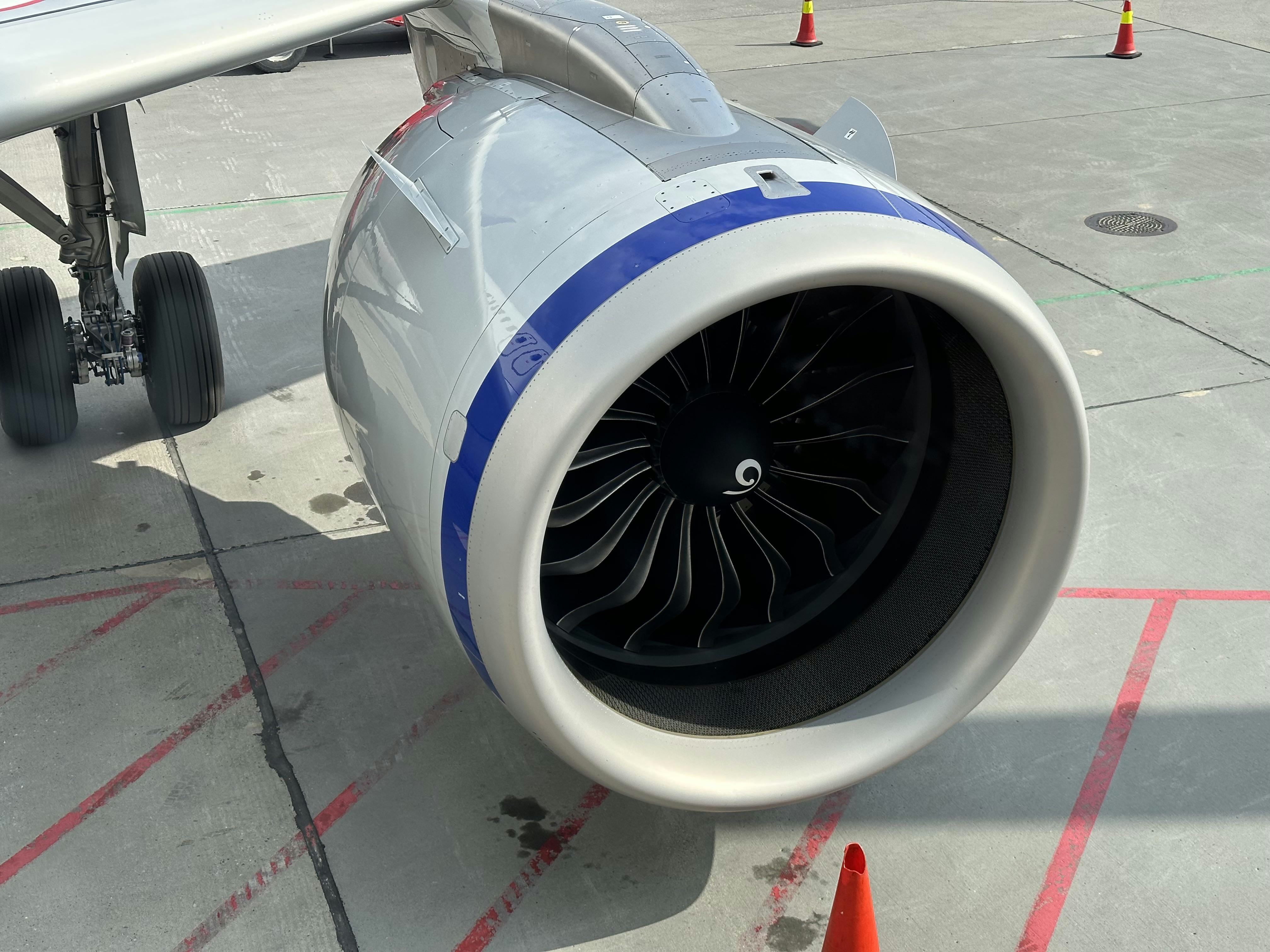
How aircraft engines are getting quieter
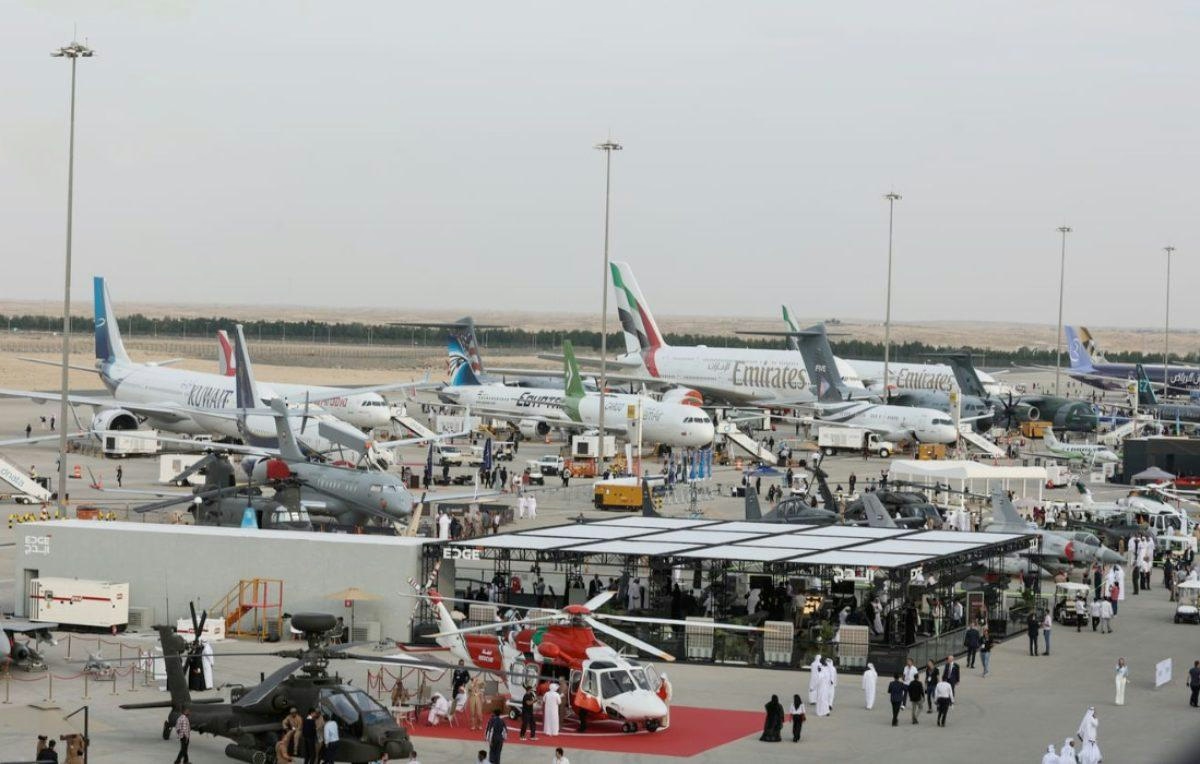
Emirates to Present Biometric Technology and Eco-Friendly Innovations at Dubai Airshow 2025
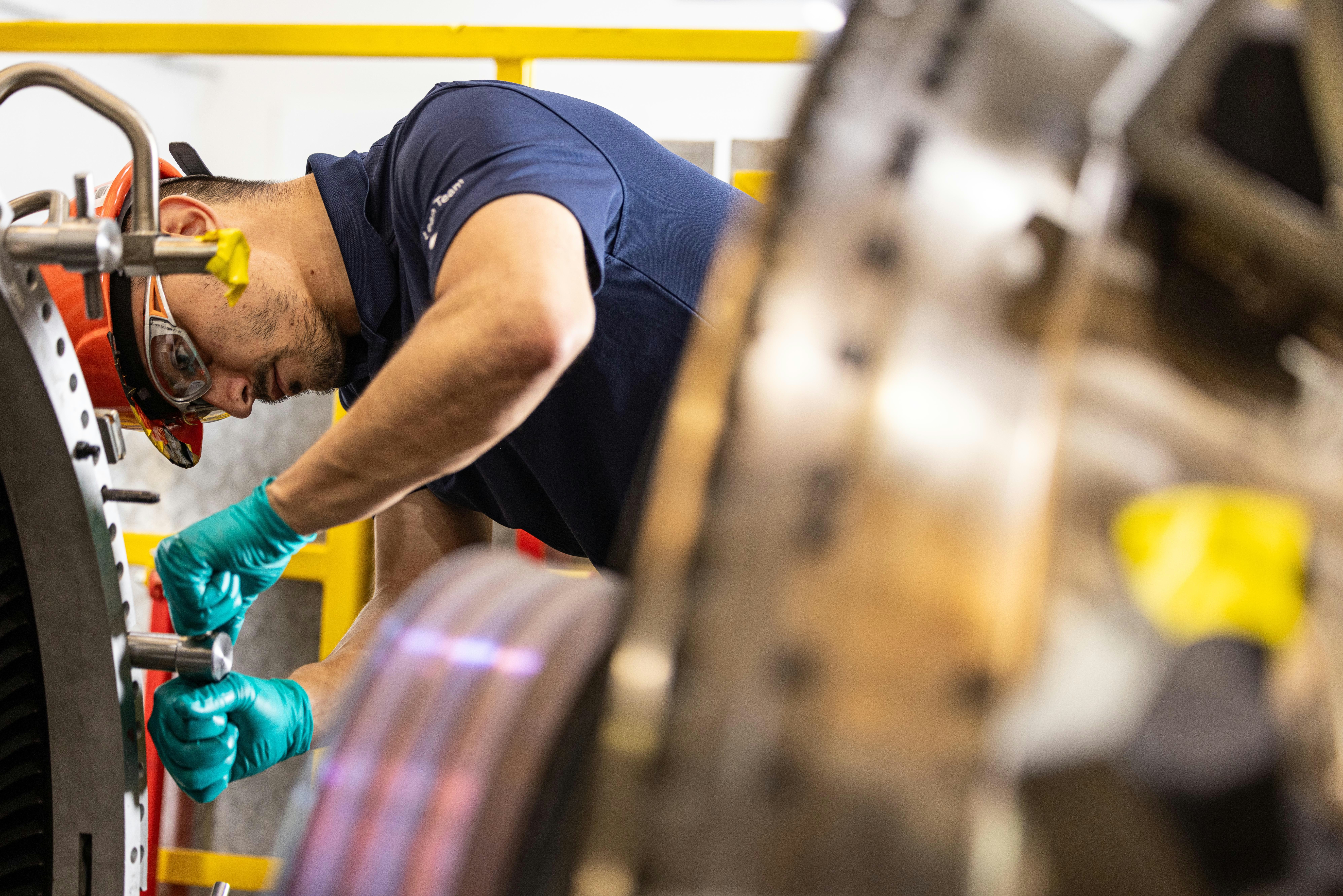
GE Aerospace Expands Aviation Operations with New Hub in Dubai
